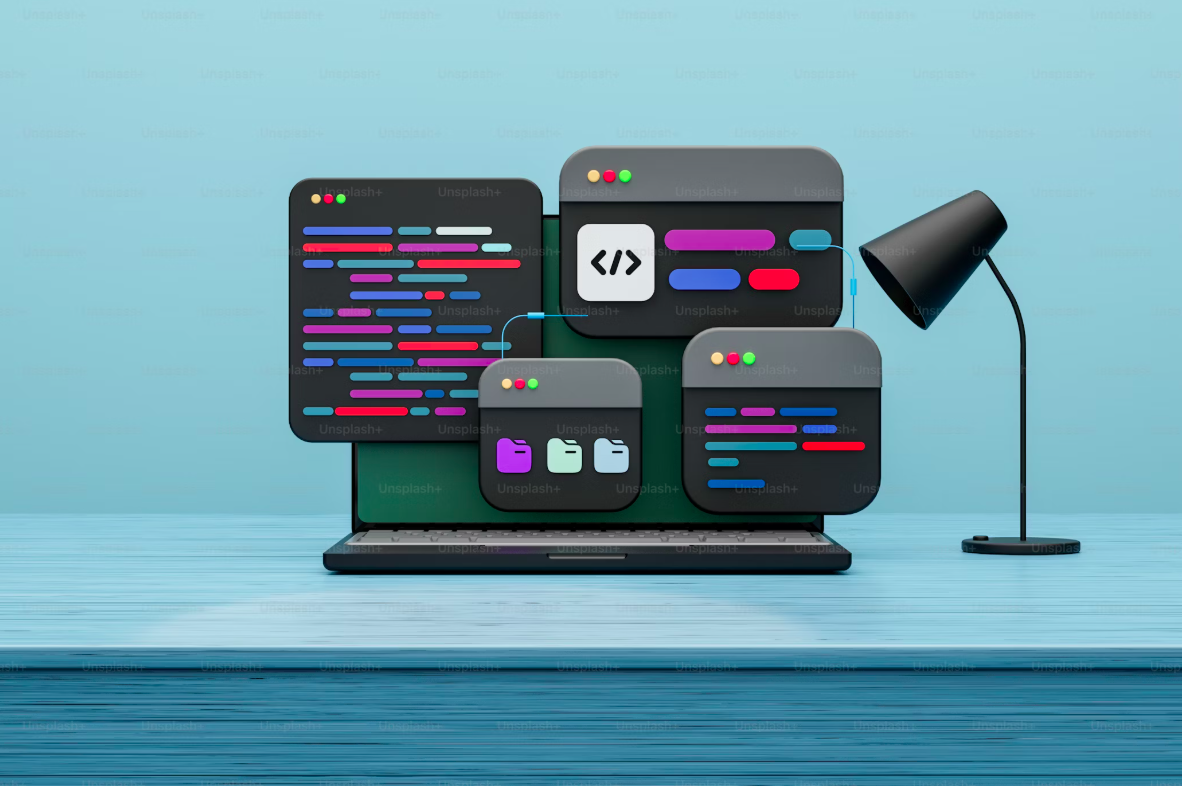Sure! Below, I’ve elaborated on each best practice with real-world examples to give you a clearer picture of how they are applied in API development.
Application Programming Interfaces (APIs) are essential components in modern software development, enabling applications to communicate with each other and share data seamlessly. Building a well-structured, efficient, and secure API can be the difference between a robust application and one that constantly runs into issues. In this blog, we’ll walk through some of the best practices for API development that every developer should keep in mind.
1. Use RESTful Principles (When Appropriate)
Example: Let’s assume you’re building an API for a blogging platform.
- GET /posts – Retrieves a list of all blog posts.
- POST /posts – Creates a new blog post.
- GET /posts/{id} – Retrieves details of a specific blog post.
- PUT /posts/{id} – Updates a specific blog post.
- DELETE /posts/{id} – Deletes a specific blog post.
HTTP Status Codes:
- 200 OK – Successful retrieval or update (e.g.,
GET /postsreturns a list of posts). - 201 Created – Successful creation (e.g.,
POST /postscreates a new post). - 400 Bad Request – Invalid data provided (e.g., missing a required field in the request body).
- 404 Not Found – The resource doesn’t exist (e.g., trying to retrieve a non-existent post).
// Example response for GET /posts/1 (200 OK)
{
"id": 1,
"title": "How to Build a REST API",
"content": "A comprehensive guide on building REST APIs."
}
2. Version Your API
Example: You release the first version of your API, but as time passes, you introduce breaking changes that affect existing users.
Versioning with URL:
- v1:
GET /api/v1/posts– Retrieves all posts in version 1. - v2:
GET /api/v2/posts– Retrieves all posts with additional features in version 2.
Request with header:
GET /api/posts Accept: application/vnd.myapi.v2+json
3. Document Your API Thoroughly
Example: Imagine you’re building an API for an e-commerce platform, and you provide the following documentation for the GET /products endpoint:
Endpoint: GET /products
Description: Retrieves a list of products available in the store.
Query Parameters:
category(optional): The product category to filter by (e.g., electronics, fashion).price_max(optional): Maximum price to filter products.
Response:
{
"products": [
{
"id": 1,
"name": "Smartphone",
"price": 299.99,
"category": "electronics"
},
{
"id": 2,
"name": "T-Shirt",
"price": 19.99,
"category": "fashion"
}
]
}
Error Example:
{
"error_code": "invalid_category",
"message": "The provided category is not valid."
}
4. Implement Proper Authentication and Authorization
Example: In an API where users need to log in to access certain endpoints, you can use JWT (JSON Web Tokens) for authentication:
Login Request:
POST /auth/login
Content-Type: application/json
{
"username": "john_doe",
"password": "secretpassword"
}
Login Response:
{
"token": "eyJhbGciOiJIUzI1NiIsInR5cCI6IkpXVCJ9..."
}
Authorized Request:
GET /user/profile Authorization: Bearer eyJhbGciOiJIUzI1NiIsInR5cCI6IkpXVCJ9...
5. Ensure Data Validation and Sanitization
Example: In an API where users can submit comments, validating user input helps ensure the data is safe and well-formed:
Input Validation Example:
// Validate that the comment is a string and does not exceed 500 characters
if (typeof comment !== "string" || comment.length > 500) {
throw new Error("Invalid comment: Must be a string with a maximum length of 500 characters.");
}
Sanitizing Input: Before storing data in the database, sanitize to prevent XSS (Cross-Site Scripting):
const sanitizedComment = comment.replace(/</g, "<").replace(/>/g, ">");
6. Enable Caching for Improved Performance
Example: Suppose you have an endpoint to retrieve product details, and the data doesn’t change often. You can cache the response to improve performance and reduce database load.
Cache-Control Header:
GET /products/1 Cache-Control: public, max-age=3600 // Cache for 1 hour
This tells the client (or any intermediate caches) to cache the response for 1 hour.
7. Handle Errors Gracefully
Example: If a user tries to access a product that doesn’t exist, return a detailed error response instead of just a generic message.
Error Response Example:
{
"error_code": "product_not_found",
"message": "The product with ID 999 does not exist."
}
8. Test Your API
Example: Let’s say you’re testing the POST /posts endpoint to ensure that it creates a new blog post:
Unit Test:
describe('POST /posts', () => {
it('should create a new post', async () => {
const res = await request(app)
.post('/posts')
.send({
title: 'Test Post',
content: 'This is a test post content.'
})
.expect(201); // 201 Created
expect(res.body.title).toBe('Test Post');
expect(res.body.content).toBe('This is a test post content.');
});
});
9. Consider API Rate Limiting
Example: Rate limiting can be applied to protect your API from abuse. For example, you could allow users to make up to 100 requests per hour:
Rate Limit Header:
X-RateLimit-Limit: 100 X-RateLimit-Remaining: 98 X-RateLimit-Reset: 1584054167
When the user exceeds the rate limit, return a 429 Too Many Requests error:
{
"error_code": "rate_limit_exceeded",
"message": "You have exceeded the number of allowed requests. Please try again later."
}
10. Monitor and Optimize Your API
Example: To monitor API performance, you could use a tool like Prometheus or Datadog to track response times and error rates.
Example Performance Metric:
- Average Response Time: 250ms
- Error Rate: 0.5%
If the average response time increases or error rates spike, you can investigate potential bottlenecks, optimize queries, or adjust your server resources.
Conclusion
By applying these best practices and considering the examples provided, you can build a more reliable, secure, and scalable API. A well-designed API provides an excellent user experience for developers and ensures the long-term success of your application.
Let me know if you’d like more details on any of the examples, or if you want more clarification on any specific part of the API design!

Leave a Reply to Ayush Gawde Cancel reply